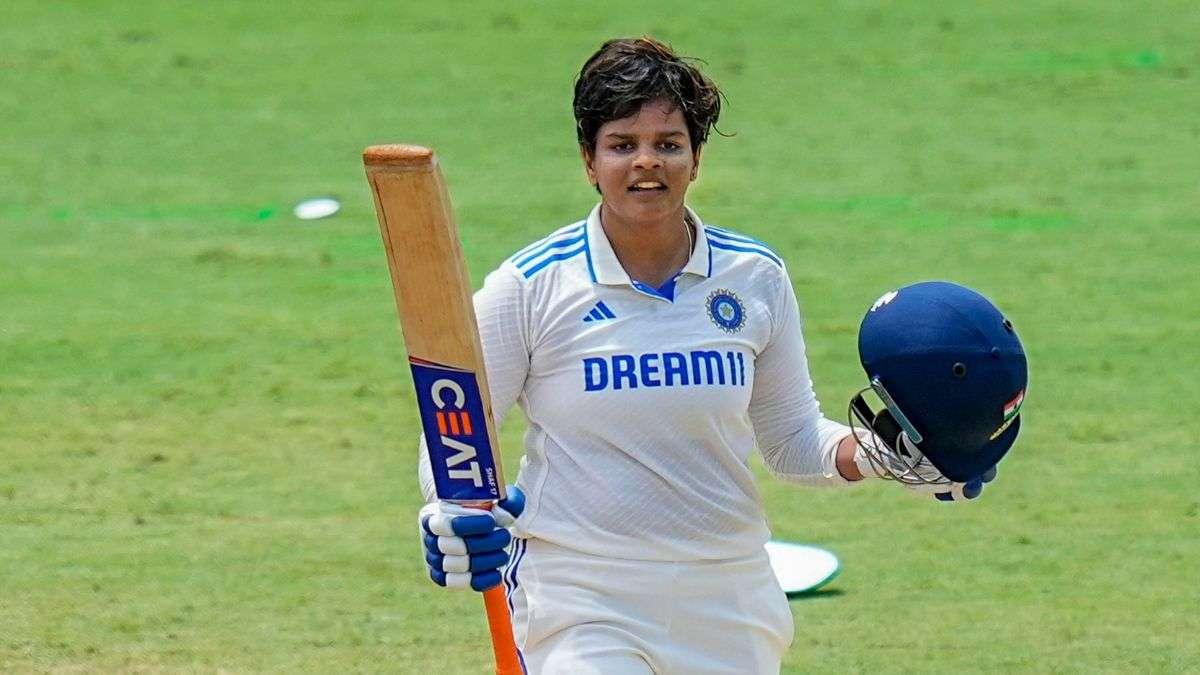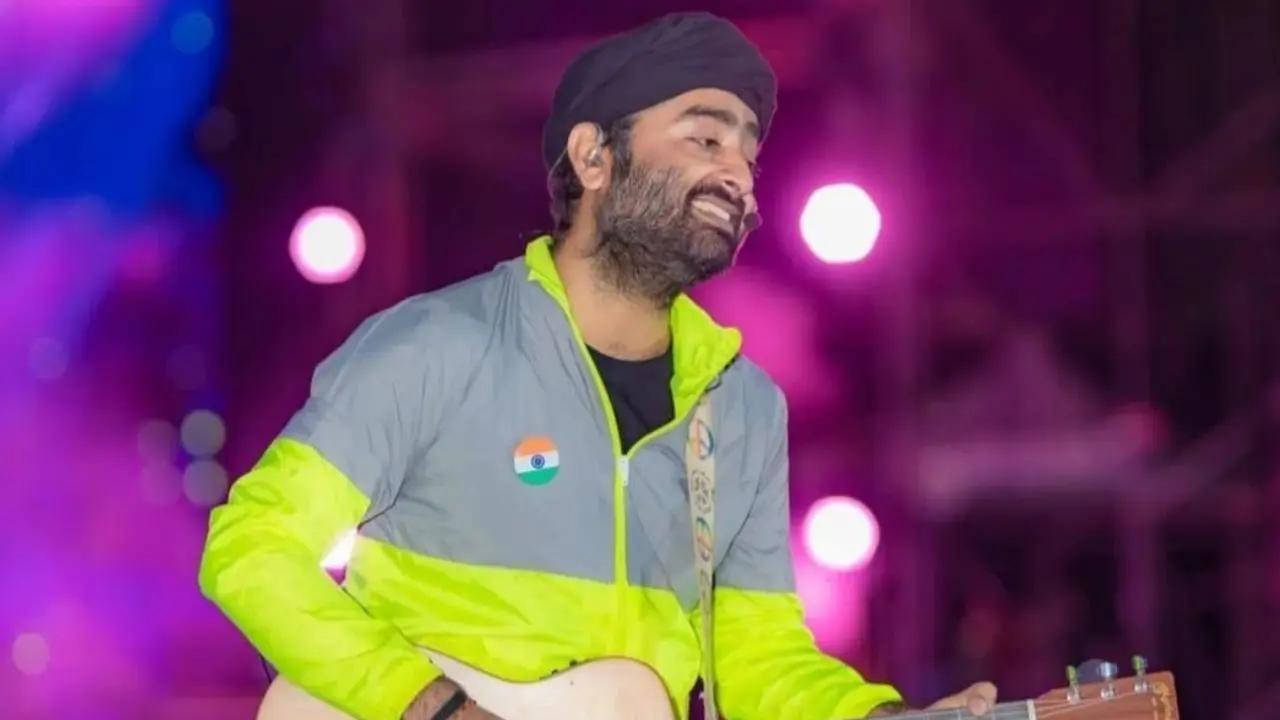
In a sensational display of cricketing prowess, Indian youngster Shafali Verma etched her name into the annals of cricket history by recording her maiden double hundred, propelling India past a formidable 400 runs on the first day of the only Test match against South Africa. The match, held in the bustling city of Chennai on Friday, June 28, saw Shafali throttle the South African bowling attack with an impressive 205 runs off just 197 balls, marking the fastest double century in the history of women’s Test cricket.
Shafali Verma, at the age of 20, shattered the previous record held by Australian star Annabel Sutherland, who had clinched her double century in 248 balls against the same opponent in February 2024. This new achievement not only underscores Shafali’s extraordinary talent but also highlights her rising stardom in the world of women’s cricket. Becoming the second Indian and just the tenth cricketer globally to achieve a double century in women’s Test cricket, Shafali’s feat is a testament to her skill and dedication to the sport.
In what was only her fifth Test match appearance, Shafali converted her maiden century into a dazzling double hundred. Her memorable knock came to an abrupt end due to an unfortunate run-out, leaving fans and teammates alike wondering what more she could have achieved had her innings continued. Despite her stellar performance, Shafali fell just nine runs short of breaking former captain Mithali Raj’s record for the highest individual score in India women’s Test cricket history. Mithali Raj’s indomitable 214 runs against England in Taunton in August 2002 remains a high watermark, a record she set at the tender age of 19, making her the youngest cricketer to register a double ton in women’s Tests.
Shafali’s tremendous innings included a myriad of boundaries and aggressive strokes, showcasing a mix of poise and power that left the South African bowlers struggling to find answers. Her strike rate of 104.06 was a clear indication of her dominance on the field, and her ability to maintain such a high rate of scoring over a prolonged period highlights her potential to influence the future of women’s cricket significantly.
Beyond merely setting records, Shafali’s performance has provided a significant boost to the Indian team’s morale, setting a strong foundation for the rest of the match. Her aggressive batting approach has often drawn comparisons with some of the greats of the game, and this innings will undoubtedly be remembered as one of the most dynamic in the history of women’s Test cricket.
The significance of Shafali’s achievement is multifaceted. On a personal level, she joins a rarefied group of cricketers who have managed to score double hundreds in Test cricket, putting her alongside legends of the game.
. For Indian women’s cricket, this milestone marks a new chapter, fostering hope and inspiration for young female cricketers across the country and the world.
Reflecting on some of the records related to this exceptional performance illuminates the broader context of women’s cricket. Annabel Sutherland, who previously held the record for the fastest double century, achieved it in a more extended format, indicating a slower-paced innings compared to Shafali’s explosive performance. This paradigm shift in how women’s cricket is played and appreciated can be largely attributed to the younger generation’s influence, led by players like Shafali Verma.
Additionally, Shafali’s innings invoked memories of other record-breaking moments in women’s Test cricket—highlighting the remarkable consistency and milestones set by Indian cricketers over the years. While Mithali Raj’s 214 runs remain a benchmark, the fact that these records are being challenged and approached by the next generation illustrates the dynamic growth of the sport.
The following days of the Test match will see India aiming to capitalize on the strong foundation laid by Shafali’s record-breaking innings. As the team looks to intensify the pressure on South Africa, the tactical gameplay and contributions from other players will take on even greater significance.
In related news, cricket fans have been buzzing with discussions about other prominent sports events. For instance, England’s Jos Buttler recently admitted that not the toss but some strategic errors were the biggest mistakes in their semi-final loss to India. Meanwhile, Indian skipper Rohit Sharma is set to emulate Kane Williamson’s unique feat in the upcoming T20 World Cup final, presenting another thrilling battleground in the cricketing world.
Moreover, in another historic moment, Indian cricketers Smriti Mandhana and Shafali Verma recently broke Pakistan’s world record in Test cricket, indicating that the future of women’s cricket holds the promise of many more celebratory moments.
With Shafali Verma leading the charge, the trajectory of women’s cricket in India—and globally—appears poised for new heights. As the young cricketer walked off the field in Chennai, she left an indelible mark on the game, a reminder that legends are not born but crafted through relentless pursuit and sheer excellence. The cricketing world now eagerly awaits what this prodigious talent will achieve next.










